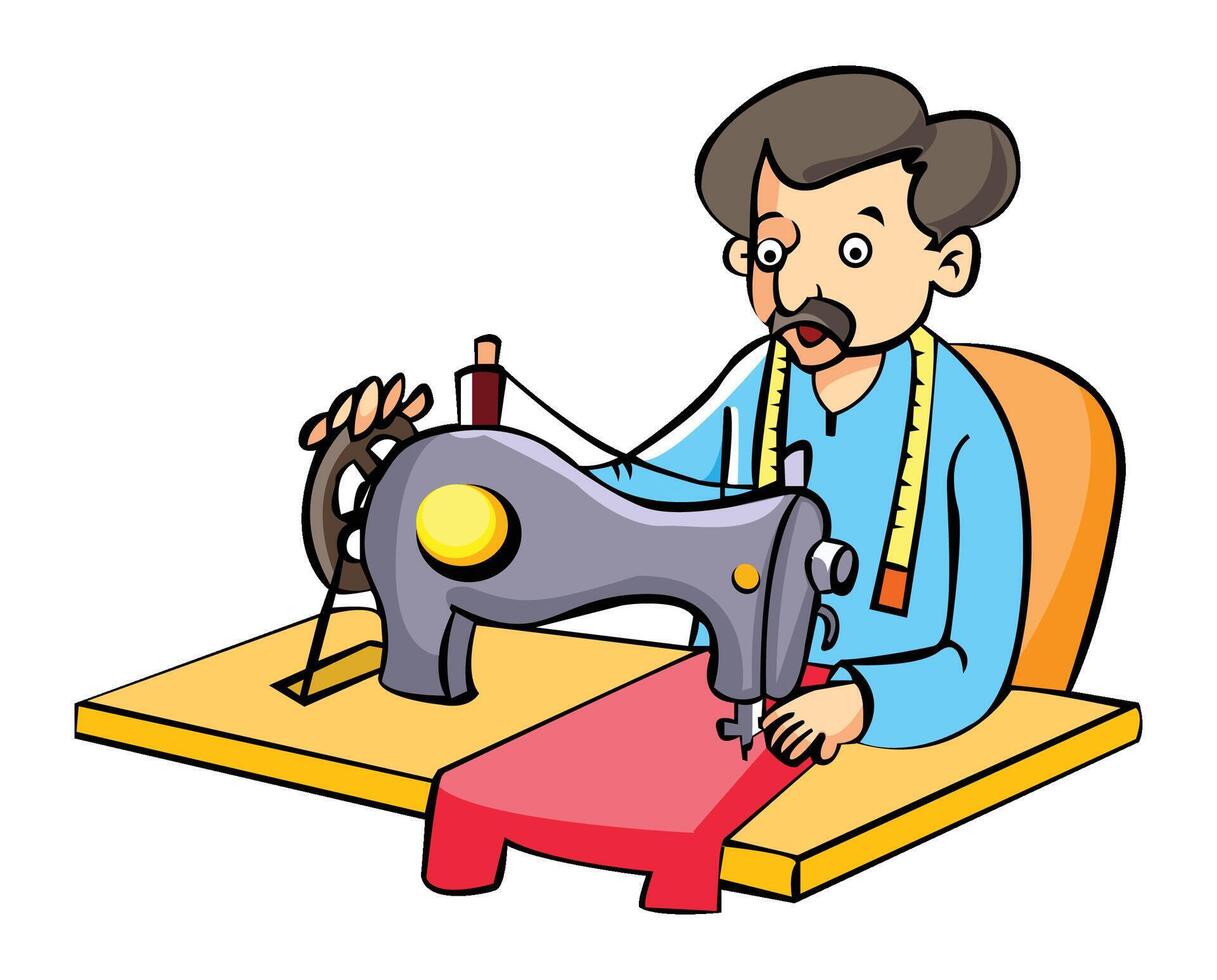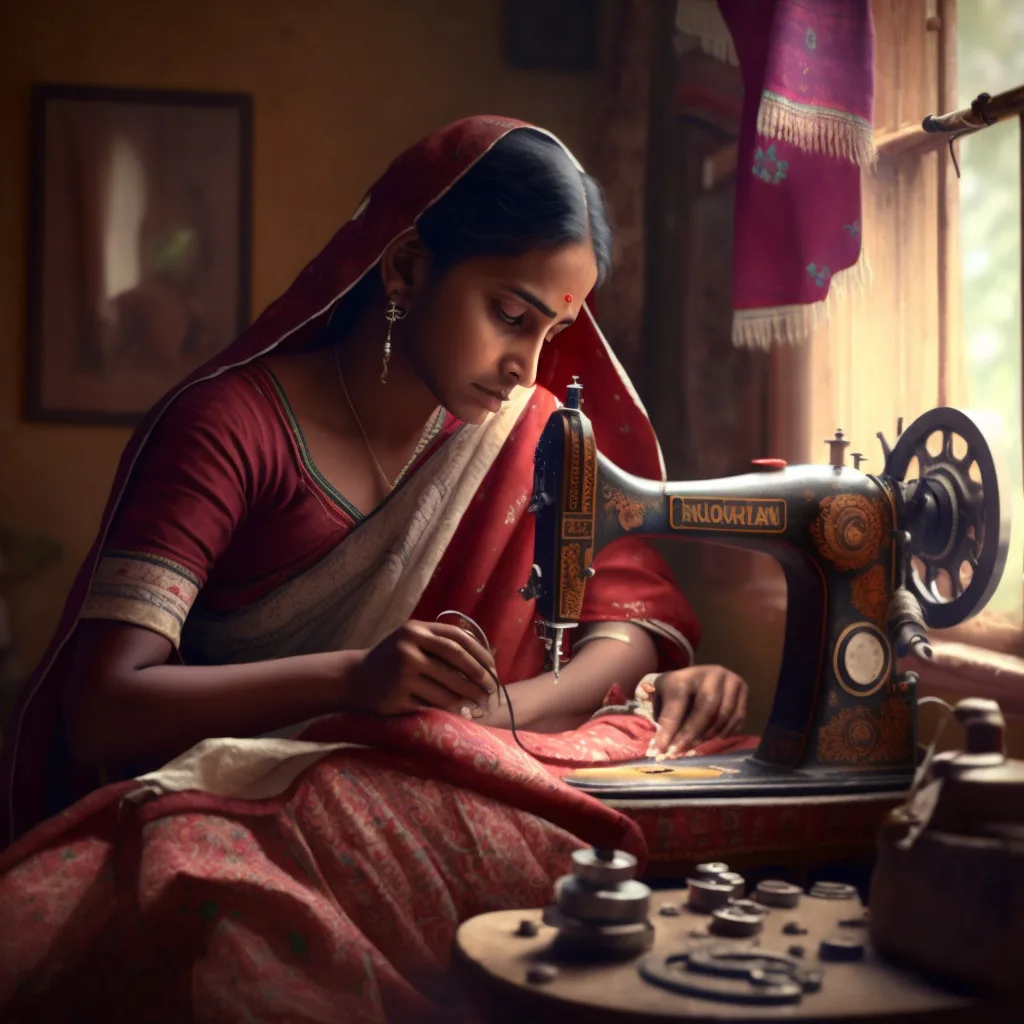Understanding the Tailoring Process: From Fabric Choice to Final Fitting for the Ideal Closet
The customizing procedure is a complicated interplay of art and scientific research, beginning with the crucial choice of material selection and culminating in the accurate modifications of final fittings. Each material type brings unique top qualities that influence not just the aesthetic charm but likewise the garment's durability and viability for numerous celebrations. Recognizing the subtleties of customizing strategies can elevate one's wardrobe to unprecedented levels of sophistication. As we explore these components better, one have to consider how even the tiniest information can dramatically influence the total outcome of one's individual style.
Importance of Fabric Option
Selecting the right textile is vital in the tailoring procedure, as it directly influences the convenience, resilience, and overall aesthetic of the final garment (tailor perth). The option of textile establishes the foundation for the garment's functionality, performance, and design. Different fabrics possess unique homes, such as stretch, weight, and breathability, which can dramatically impact just how the garment drapes and fits the body
Additionally, fabric option impacts the garment's long life and ease of care. Top notch textiles can withstand damage, preserving their look and structure with time, while lower-quality products may result in pilling or fading. Furthermore, the right textile contributes to the garment's ability to transition across periods and occasions, thereby boosting convenience.
A tailored piece made from an appropriate fabric not only showcases workmanship however likewise boosts the user's self-confidence. Comprehending the nuances of material option is paramount for any customizing endeavor. It makes certain that the last item not just fulfills the aesthetic wishes of the customer but likewise straightens with useful demands, thereby accomplishing an unified balance between kind and feature in the tailored wardrobe.
Kinds of Fabrics and Their Uses
Understanding the numerous kinds of textiles available is vital for making educated choices throughout the tailoring process. Each material possesses distinct qualities that determine its viability for certain garments and occasions.
Its flexibility permits it to be customized right into every little thing from t-shirts to dresses. Its natural flexibility aids garments keep shape over time.
Silk radiates deluxe and is light-weight, making it excellent for eveningwear and fragile shirts; nevertheless, it requires cautious handling due to its fragility. Linen, with its distinctive coating, is a popular selection for cozy environments, giving a crisp and airy feeling, yet it wrinkles conveniently, which might impact the garment's appearance.
Artificial textiles, such as polyester and nylon, deal toughness and resistance to wrinkles, making them suitable for daily wear and energetic clothes. Understanding these fabric kinds and their homes enables far better decision-making, making sure that each customized item not just fits well yet likewise lines up with the intended objective and occasion.
The Tailoring Techniques Clarified
The art of customizing relies on a range of strategies that transform textile into well-fitted garments. Central to this process is pattern composing, where a tailor develops themes based upon the customer's dimensions and preferred style. This first action guarantees that the garment will fit the user correctly prior view website to any reducing occurs.
As soon as patterns are developed, cutting methods come into play. Precision is vital as inaccuracies can bring about misfitting garments. Tailors usually make use of numerous cutting methods, such as single-layer cutting for detailed designs and multiple-layer cutting for efficiency on basic patterns.
Basting is another crucial method, enabling tailors to briefly stitch fabric pieces with each other for a preliminary installation. This approach provides the possibility to examine the drape and total shape before last sewing.
Seaming techniques, including flat-felled seams and French joints, enhance the garment's toughness and aesthetic charm. Tailors additionally employ strategies such as interfacing and padding to give framework and shape to details areas, like collars and shoulders.
Last but not least, completing methods, consisting of hemming and side completing, make sure the garment's longevity while providing a refined appearance. With each other, these methods develop the backbone of efficient tailoring, resulting in exquisite, custom-fit garments.
Fitting Changes and Factors To Consider

Trick factors to consider consist of the shoulder fit, which needs to neither sag nor limit motion, and the sleeve size, which ought to permit comfortable arm motion while preserving a refined look. In addition, adjustments at the waistline can improve the shape, with alternatives to allow out or take in fabric as needed.
The surge of pants is one more critical factor; it should sit pleasantly above the hips without causing pain, enabling simplicity of motion. Hemming lengths for both pants and skirts should show the wearer's favored style while valuing proportions.

Preserving Your Tailored Wardrobe
Proper maintenance of customized garments is crucial to protecting their fit and look with time. To make certain durability, routine cleaning is extremely important. Constantly follow the care tag directions, which might suggest dry cleaning for delicate textiles or device cleaning for more durable products. Prevent constant laundering, as this can use down the fabric and alter the garment's form.
Storage space is just as essential; use cushioned hangers for jackets and layers to keep shoulder framework, and shop pants folded nicely or hung to protect against creasing. Protect garments from direct sunshine, which can discolor colors and damages fibers.
Additionally, routine evaluations for small fixings can protect against bigger concerns. Check for loose buttons, fraying seams, or indications of moth damages, resolving these problems quickly to preserve the garment's honesty.
Last but not least, consider seasonal rotation. Putting on customized pieces in small amounts allows fabrics to use this link recoup, extending their life-span. By executing these upkeep methods, you can ensure that your customized garments continue to be as pristine as the day you first used them, boosting your perfect wardrobe for years to find.
Final Thought
The customizing procedure, incorporating textile option, knowledgeable methods, and precise suitable changes, plays a critical role in creating garments that enhance both comfort and design. Each phase adds to the overall effectiveness of the end product, guaranteeing that garments not only fits well however also reflects private identification. Recognizing the value of maintenance prolongs the life of customized garments, strengthening their value in a well-curated wardrobe. A detailed technique to customizing culminates in a certain and refined look.
Picking the right material is important in the tailoring process, as it straight affects the convenience, longevity, and overall aesthetic of the final garment. The option of material establishes the structure for the garment's performance, style, and functionality. Different materials have one-of-a-kind homes, such as stretch, breathability, and weight, which can significantly impact how the garment drapes and fits the body.
The click for more art of customizing relies on a selection of strategies that change material right into well-fitted garments.The tailoring process, including textile option, experienced strategies, and specific fitting changes, plays an important function in producing garments that enhance both comfort and design.